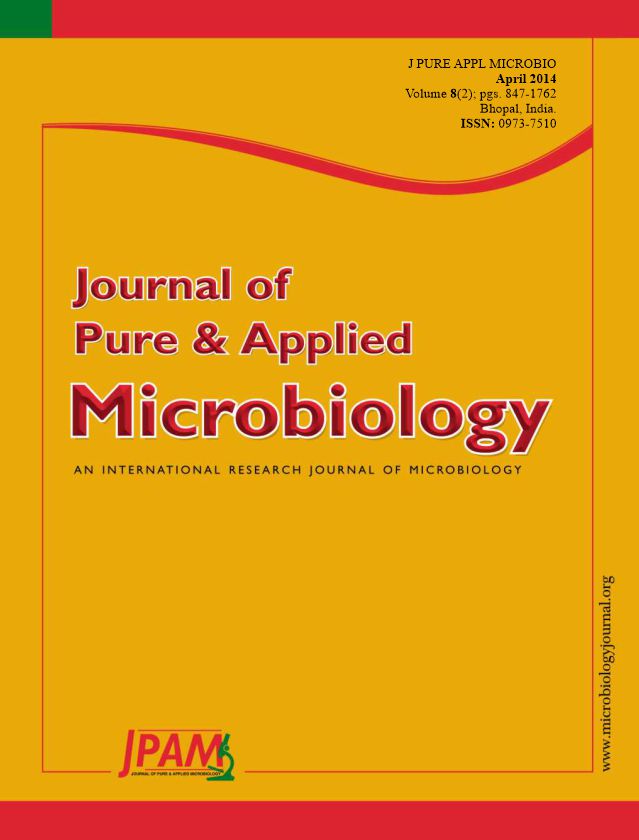The use of bacteriocins as a biopreservative has been shown to be effective in the control of food pathogenic and spoilage microorganisms. This research aims to screen novel strains of bacteriocin-producing lactic acid bacteria and investigate their application for the preservation of chilled fresh cobia meat. Among a total of 69 strains of lactic acid bacteria isolated from traditional Vietnamese fermented cabbage, two strains T8 and T13 were found to express the broadest, strongest and supplemented inhibitory spectra against 16 indicator strains of food-borne pathogenic and spoilage bacteria. Their bacteriocins may belong to Class I (Lantibiotic), which remain active at 121oC for 15 min, at pH 4-10 and with proteinase K but deactivated by a-chymotrypsin treatment. These two strains were identified as Lactobacillus plantarum using a combined genotypic and phenotypic analysis. The application of culture extract from the strain T13 with cell concentration of 1010 CFU/ml or crude bacteriocin extract from the strain T8 with bacteriocin activity of 800 AU/ml was shown to prolong the chilling preservation of fresh cobia meat compared to control within first 7 days. To our knowledge, this is the first study that has used bacteriocin or its producer as a biopreservative in fresh cobia meat.
Bacteriocin, Cobia, Food preservation, Lactobacillus plantarum, Lantibiotic
© The Author(s) 2014. Open Access. This article is distributed under the terms of the Creative Commons Attribution 4.0 International License which permits unrestricted use, sharing, distribution, and reproduction in any medium, provided you give appropriate credit to the original author(s) and the source, provide a link to the Creative Commons license, and indicate if changes were made.


